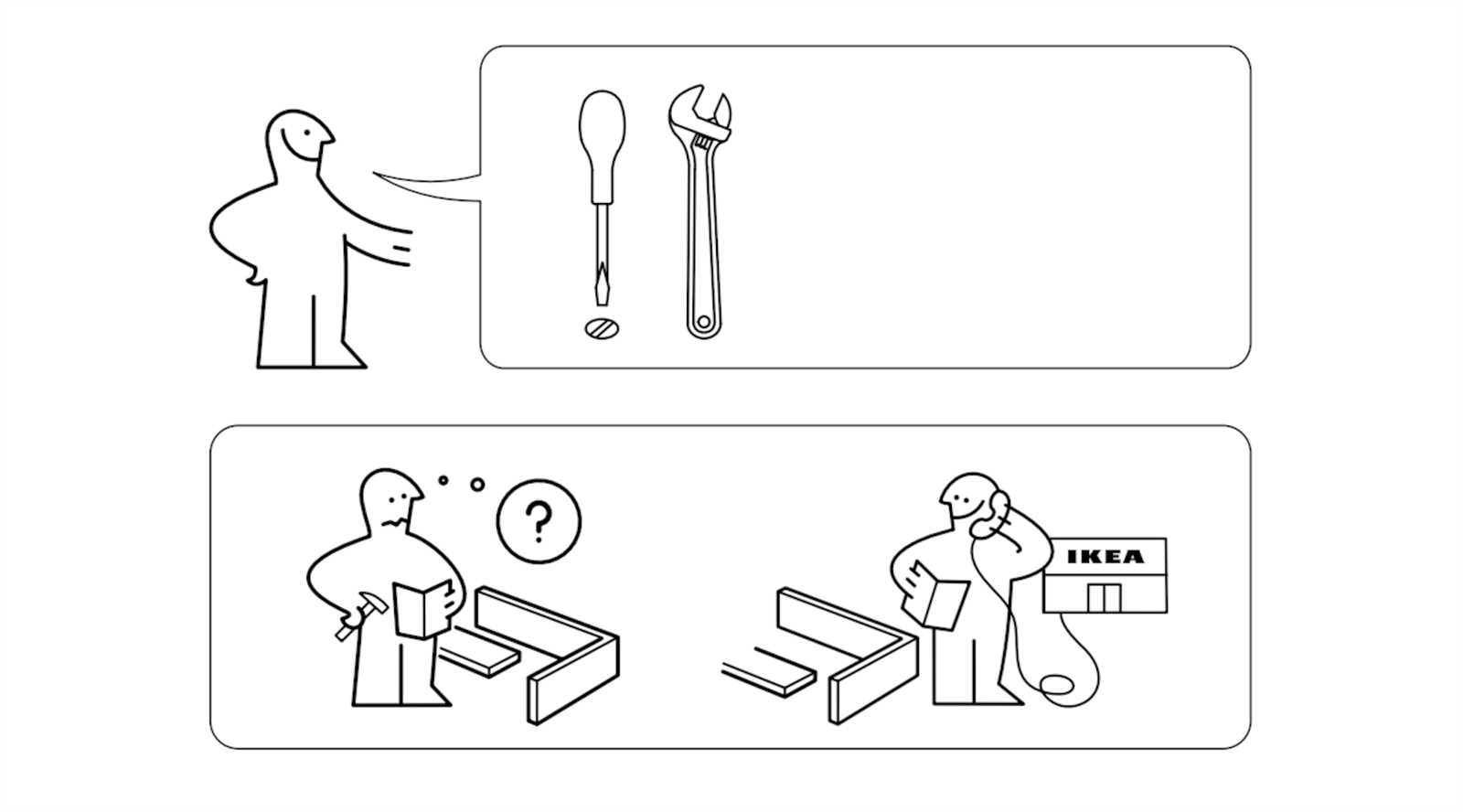
Designing comprehensive support documentation is essential for ensuring users can effectively understand and utilize a product or service. This process involves gathering detailed information, organizing it in a logical structure, and presenting it in a clear, accessible manner. Effective documentation helps bridge the gap between a user’s needs and the functionalities offered.
Thorough preparation is key to crafting an effective guide. It requires a careful examination of the subject matter, an understanding of the intended audience, and the ability to present complex information in a simplified format. Attention to detail and clarity are crucial in this endeavor.
By focusing on these principles, one can create a resource that not only assists users in navigating the product but also enhances their overall experience by providing valuable insights and practical tips.
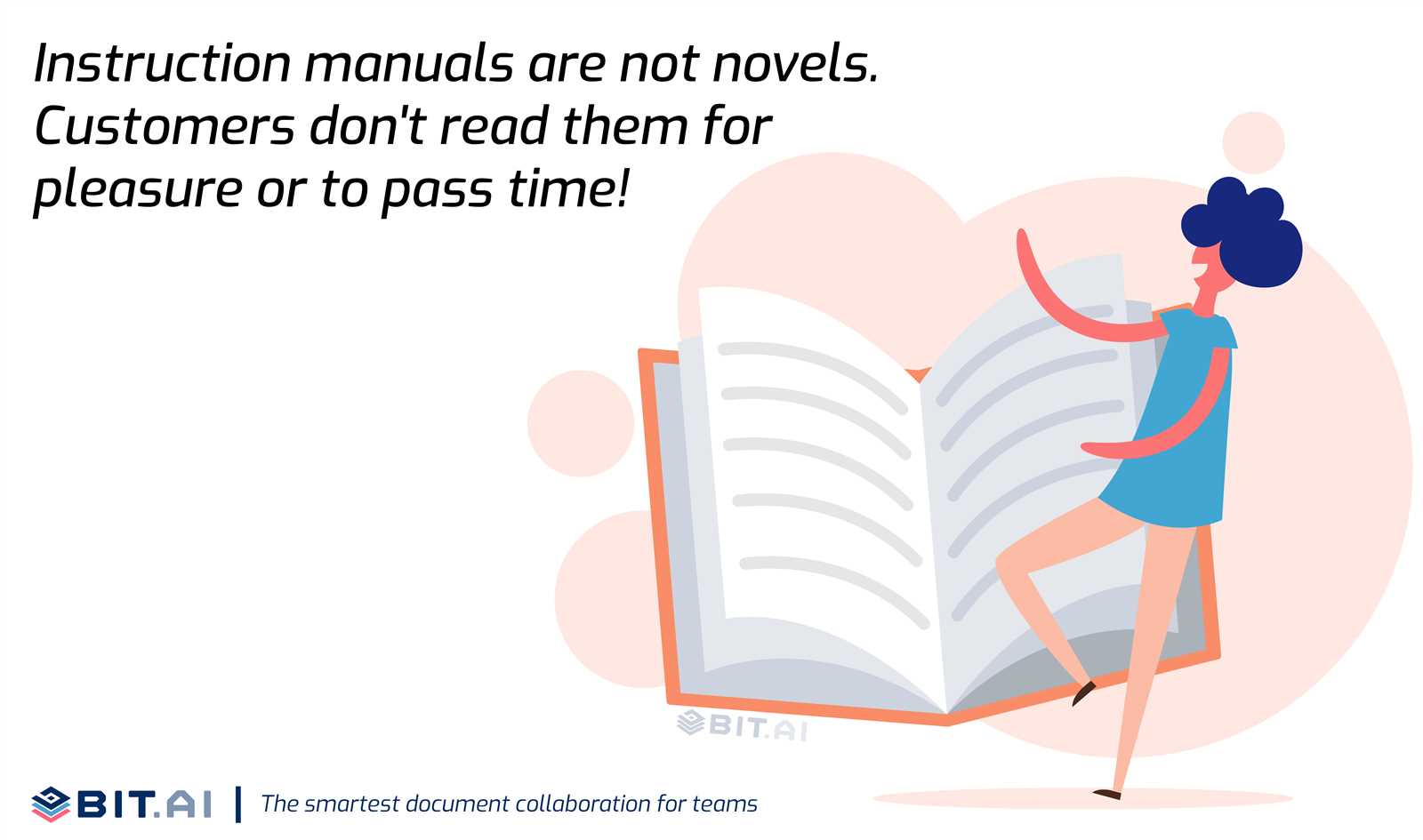
Effective organization of information is crucial for enhancing reader comprehension. By presenting details in a logical and coherent manner, one ensures that users can easily follow and understand the content. This involves arranging information systematically, highlighting key points, and employing a clear structure that guides readers through the material seamlessly.
| Element | Description |
|---|---|
| Headings | Use descriptive headings to introduce sections and provide an overview of the content that follows. |
| Subheadings | Break down complex topics into smaller, manageable parts with subheadings to improve readability. |
| Bullet Points | Employ bullet points for lists to make key information stand out and be easily digestible. |
| Numbered Lists | Use numbered lists for sequential information to help readers follow steps or processes in order. |
| Tables | Include tables to organize data and comparisons in a structured format that is easy to reference. |
Designing Effective Visual Aids
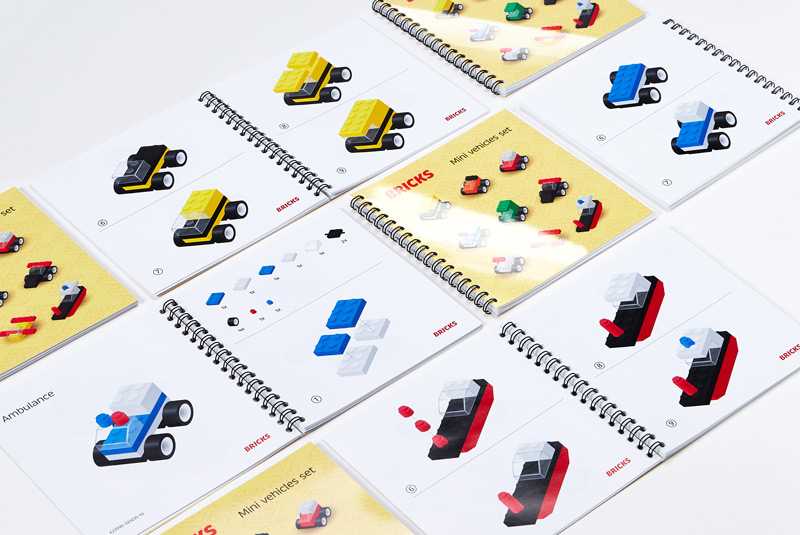
Effective visual supports play a crucial role in conveying information clearly and efficiently. These aids help to simplify complex concepts, making them more accessible and easier to understand. By enhancing the presentation of content through well-thought-out graphics, diagrams, and charts, one can significantly improve the overall comprehension and retention of the material.
Writing Clear and Concise Instructions
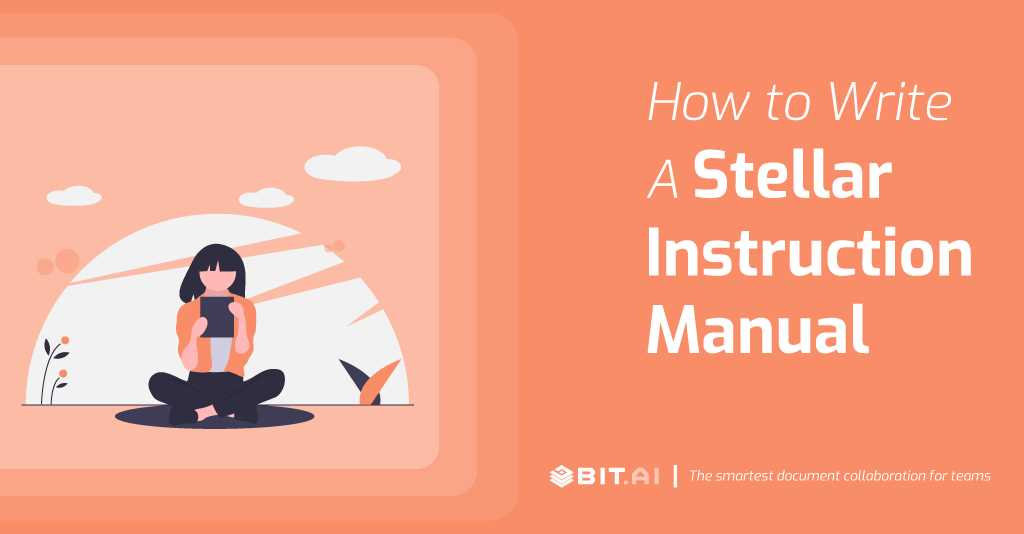
Crafting straightforward and understandable directions is essential for effective communication. The goal is to provide users with easily digestible information that they can follow without confusion. By focusing on clarity and brevity, you ensure that the process is smooth and efficient, reducing potential mistakes.
Below are key elements to consider when organizing directions:
| Element | Description |
|---|---|
| Clarity | Use simple language and avoid jargon to ensure the message is easy to comprehend. |
| Structure | Break down steps into logical sequences to guide users smoothly through the process. |
| Brevity | Keep the text concise, eliminating unnecessary words that could distract from the main point. |
Testing and Revising Your Manual
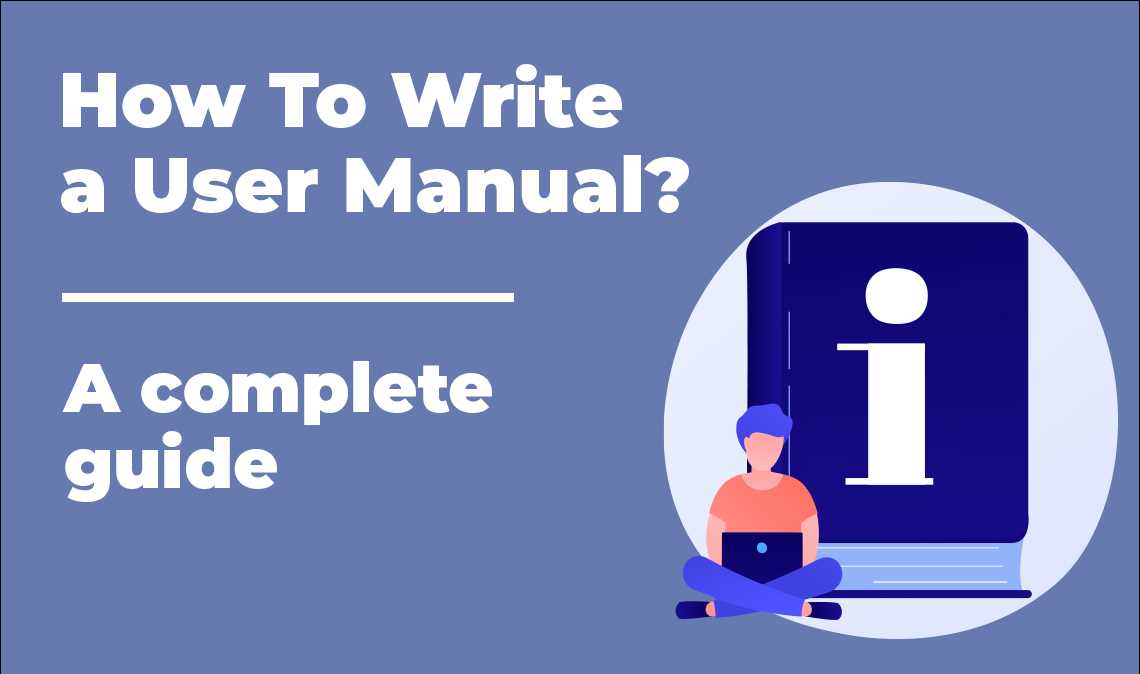
Before finalizing your guide, it’s important to ensure that the content is clear, concise, and understandable for the target audience. Thorough testing will help you identify any gaps or confusing sections, while revisions allow you to improve clarity and functionality.
Here are key steps to test and refine your document:
- Distribute the material to a sample group of users unfamiliar with the subject.
- Observe how easily they can follow the outlined steps without external assistance.
- Note any areas where users face confusion or misunderstand the directions.
- Collect feedback on the overall structure and usability of the guide.
After gathering feedback, proceed with revisions:
- Clarify any ambiguous sections based on user input.
- Reorganize content to improve flow and accessibility.
- Ensure that all technical terms are adequately explained or simplified.
- Recheck grammar, punctuation, and formatting consistency.
Repeat the testing and revision process until your document is fully optimized for the intended users.
Ensuring Compliance and Accessibility
It is essential to meet both regulatory standards and accessibility guidelines in any documentation. This ensures that information is available to all users, regardless of their abilities or geographic location. By addressing these critical aspects, the content remains universally applicable and user-friendly.
Below is an overview of key elements to consider:
| Compliance Aspect | Considerations |
|---|---|
| Legal Requirements | Adhering to local and international standards, ensuring the text is accurate and lawful. |
| Accessibility | Providing inclusive content by considering visual, auditory, and physical limitations. |
| Language Clarity | Using clear, concise language that can be easily understood by diverse audiences. |